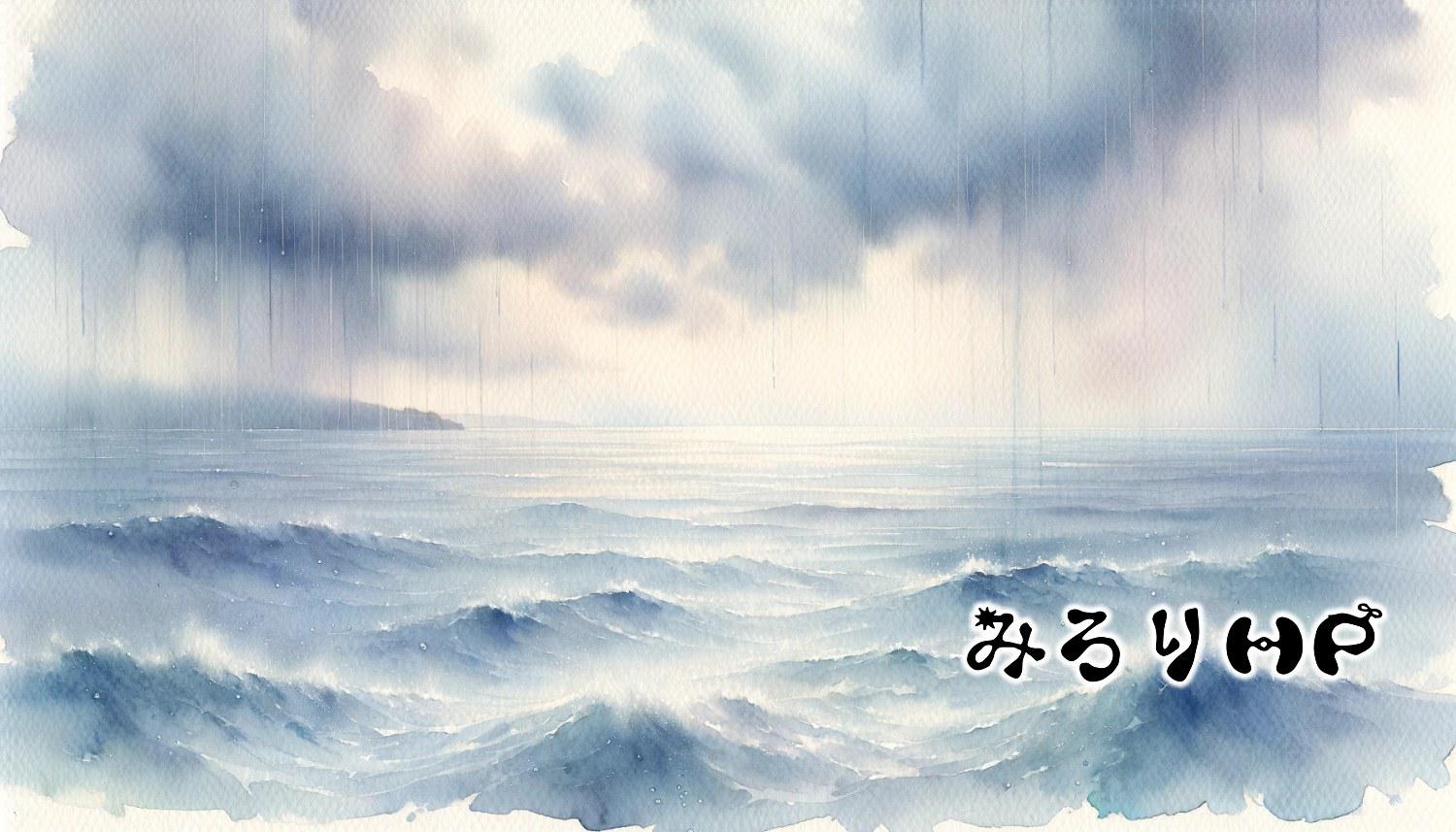Overview
I had decided to finish reading this during the New Year holidays. Here's a summary and my thoughts.

Summary
- Protagonist in Senior Year of High School: Meets a girl through an essay contest. They start dating. The girl expresses her desire to belong entirely to him. However, she leaves, promising to contact him again when “the sun peeks through the clouds”.
- The Girl: Seems to have her real body in the “City”, and this girl is just a “shadow”. Troubled home life, mentally unstable. Likely disappeared due to family issues.
- The City: Similar to the one in “Hard-Boiled Wonderland and the End of the World”. A product of the girl's imagination, but in Murakami's world, imagined things usually exist.
- Protagonist in His Forties: Lives with the loss of the girl. One day, falls into the “City”. People there are separated from their shadows and given jobs. The protagonist works in a library, like in “The End of the World”. Ends up sending only his shadow back to the real world.
- The Girl in the City: Works in the library, the real body of the girl. The protagonist is happy to meet her, but she doesn't recognize him as she was just a shadow when they were dating. She's emotionally distant.
- Protagonist Back in the Real World: Confused about being back despite sending his shadow. Realizes he's the shadow. Impulsively moves to a library in Fukushima, reminiscent of “Kafka on the Shore”, meeting characters like Mr. Koyasu, Ms. Soeda, a boy in a Yellow Submarine parka, and a girl from a coffee shop.
- Mr. Koyasu: Male library director without a shadow. Not related to the City; a deceased ghost.
- Ms. Soeda: Runs the library practically single-handedly. Trustworthy and the only other person who can see Mr. Koyasu's ghost.
- Boy in Yellow Submarine Parka: Has Savant syndrome with a photographic memory. Unable to adapt to society, wants to go to the City. Learns about it from the protagonist.
- Girl from the Coffee Shop: Has a good vibe with the protagonist. Nonsexual, struggles with accepting physical intimacy. An unsolvable problem, so to be with her, the protagonist must adjust his own mental “walls”.
- Meanwhile, the Protagonist in the City: Surprised by the arrival of the boy in the Yellow Submarine parka. Wishing to leave the City, passes his job to the boy and returns to the real world to integrate with his shadow.
Thoughts
Personally, I interpret the story as follows:
- The protagonist, having lost the girl, creates a mental barrier.
- This barrier leads to a life of failed deep connections with others.
- Somehow, he manages to go to the City and gets separated into body and shadow. (The meaning of this is still unclear to me...)
- Meets a nonsexual girlfriend, a decisive figure who requires him to adjust his mental barrier for a relationship and acceptance.
- People have a City and its surrounding walls in their consciousness. These walls are uncertain in shape. To be happy, we should flexibly change these walls.
Hmm... Well, that makes sense...
It's like, "Yeah, that's it." For now, at least.
Now, some assorted thoughts:
- “I must go to that city”: A phrase on the book's sleeve. Really good. I love it.
- Celebratory or lamentable?: Didn't understand the meaning at first. Celebration is extreme joy, lamentation is extreme worry.
- Provided for use: Didn't get this phrase. Turns out, it means 'to offer'.
- Why onions?: Creepily fascinating.
- Unsolicited advice, but Mr. Koyasu should have a family again. Or rather, he should have had a peaceful and loving home. Surrounded by a loving family, living kindly.: Noted this quote as it struck a chord. I guess I’m not like that.
- The sight of the sea under a quietly falling rain: An image the high school protagonist imagines when thinking of an eternal bond with the girl. Too beautiful.
Elements reminiscent of “Hard-Boiled Wonderland and the End of the World” and “Kafka on the Shore” appeared, which was intriguing.






